IBM: A Steady Emerging Markets Play
Big Blue has the size and reach to win more business in developing countries.
International Business Machines is a high-tech proxy for the global economy. The computer and information-services giant is plodding in the U.S., where woes in the financial and housing sectors are slowing economic growth. But Big Blue is sprinting in developing countries.
Red-hot emerging markets propel IBM's growth. Third-quarter revenues in the so-called BRIC countries of Brazil, Russia, India and China were 19% higher than they were in the same period of 2006.
So it's no surprise that, according to The Wall Street Journal, IBM is boosting its overseas head count and plans to spend $1.6 billion over the next three years to increase sales of technology and services to small and midsize businesses in BRIC countries as well as developing markets in Africa and the Middle East.
From just $107.88 $24.99 for Kiplinger Personal Finance
Become a smarter, better informed investor. Subscribe from just $107.88 $24.99, plus get up to 4 Special Issues

Sign up for Kiplinger’s Free Newsletters
Profit and prosper with the best of expert advice on investing, taxes, retirement, personal finance and more - straight to your e-mail.
Profit and prosper with the best of expert advice - straight to your e-mail.
Overall, IBM has increased sales 7% for the first nine months of 2007 compared with the first nine months of 2006. From 2005 to 2006, sales grew only 0.3%.
IBM has progressed from a staid manufacturer of large, mainframe computers to a faster grower that focuses more on consulting and software. In November, it agreed to buy software maker Cognos for $5 billion.
The purchase of Cognos, which makes software that helps companies mine data to hone their marketing and operations, "gives investors more confidence that IBM's acquisition strategy is back on track," says American Technology Research analyst Shaw Wu.
The hardware business should get a boost next year from new products and customer upgrades. Wu expects IBM's Power6 servers, launched this year, to increase hardware sales in 2008. Meanwhile, "customers are consolidating their workloads, which is lifting demand for more profitable, higher servers," says Value Line analyst George Niemond.
It appears the credit crunch has had little effect on IBM. "We benefit from the market's flight to quality," chief financial officer Mark Loughridge told analysts during the company's third-quarter conference call, on October 16. IBM can meet its short-term borrowing needs with one-month commercial paper at a favorable interest rate that's slightly below LIBOR, a widely followed short-term rate.
In the third quarter, IBM sold a $3 billion ten-year bond, its largest single debt issue ever. The offering was oversubscribed by a multiple of two, Loughridge says. The company had $13.8 billion in cash on hand at the end of the third quarter.
Yet IBM is not completely insulated from the subprime-related financial turmoil. More than a quarter of its $96.2 billion in revenue comes from financial companies. However, much of the technology and services IBM sells to financial companies is through long-term contracts, Wu says.
There are tailwinds behind IBM's stock. Investors are favoring -- and should continue to favor -- stocks of large, growing companies like Big Blue. That's because those companies have balance sheets strong enough to endure economic weakness and volatile credit markets and the heft to compete anywhere in the world.
The shares appear to be attractively valued. The stock (symbol IBM), which closed at $105.77 on December 14, trades at 13 times the $7.98 per share that analysts expect IBM to earn in 2008. By contrast, Standard & Poor's 500-stock index sports a price-to-earnings ratio of 15. IBM stock has gained 10% year to date, but fell 2% on December 14 in a weak market. Wu rates IBM a buy and has a 12-month target price of $150.
Profit and prosper with the best of Kiplinger's advice on investing, taxes, retirement, personal finance and much more. Delivered daily. Enter your email in the box and click Sign Me Up.
-
 Stocks Chop as the Unemployment Rate Jumps: Stock Market Today
Stocks Chop as the Unemployment Rate Jumps: Stock Market TodayNovember job growth was stronger than expected, but sharp losses in October and a rising unemployment rate are worrying market participants.
-
 Should You Renew Your CD?
Should You Renew Your CD?With rate cuts impacting earnings, we examine if now is a wise time to renew CDs.
-
 7 Ways to Plan Now to Save on Medicare IRMAA Surcharges Later
7 Ways to Plan Now to Save on Medicare IRMAA Surcharges LaterUnderstand the critical two-year lookback period and why aggressive planning before you enroll in Medicare is the most effective way to minimize IRMAA.
-
 If You'd Put $1,000 Into Coca-Cola Stock 20 Years Ago, Here's What You'd Have Today
If You'd Put $1,000 Into Coca-Cola Stock 20 Years Ago, Here's What You'd Have TodayEven with its reliable dividend growth and generous stock buybacks, Coca-Cola has underperformed the broad market in the long term.
-
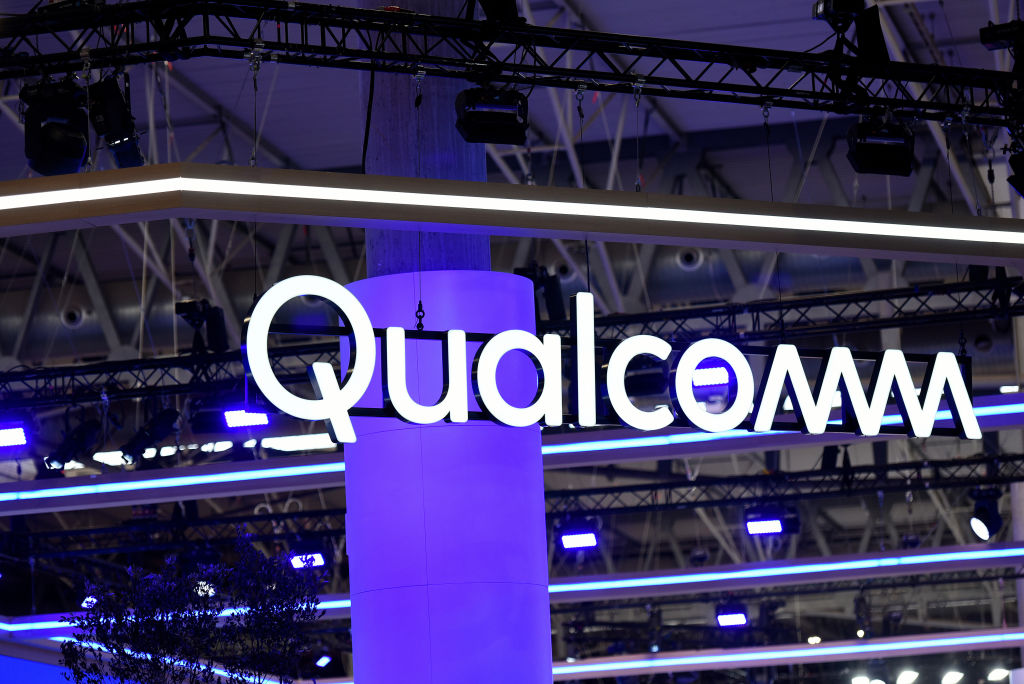 If You Put $1,000 into Qualcomm Stock 20 Years Ago, Here's What You Would Have Today
If You Put $1,000 into Qualcomm Stock 20 Years Ago, Here's What You Would Have TodayQualcomm stock has been a big disappointment for truly long-term investors.
-
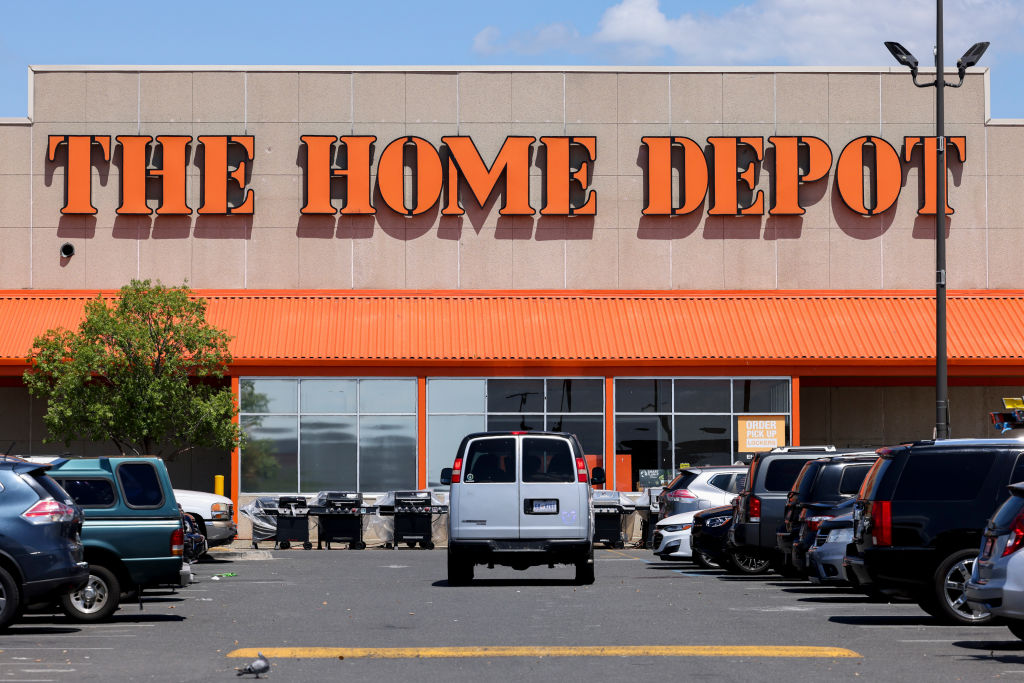 If You'd Put $1,000 Into Home Depot Stock 20 Years Ago, Here's What You'd Have Today
If You'd Put $1,000 Into Home Depot Stock 20 Years Ago, Here's What You'd Have TodayHome Depot stock has been a buy-and-hold banger for truly long-term investors.
-
 What the Rich Know About Investing That You Don't
What the Rich Know About Investing That You Don'tPeople like Warren Buffett become people like Warren Buffett by following basic rules and being disciplined. Here's how to accumulate real wealth.
-
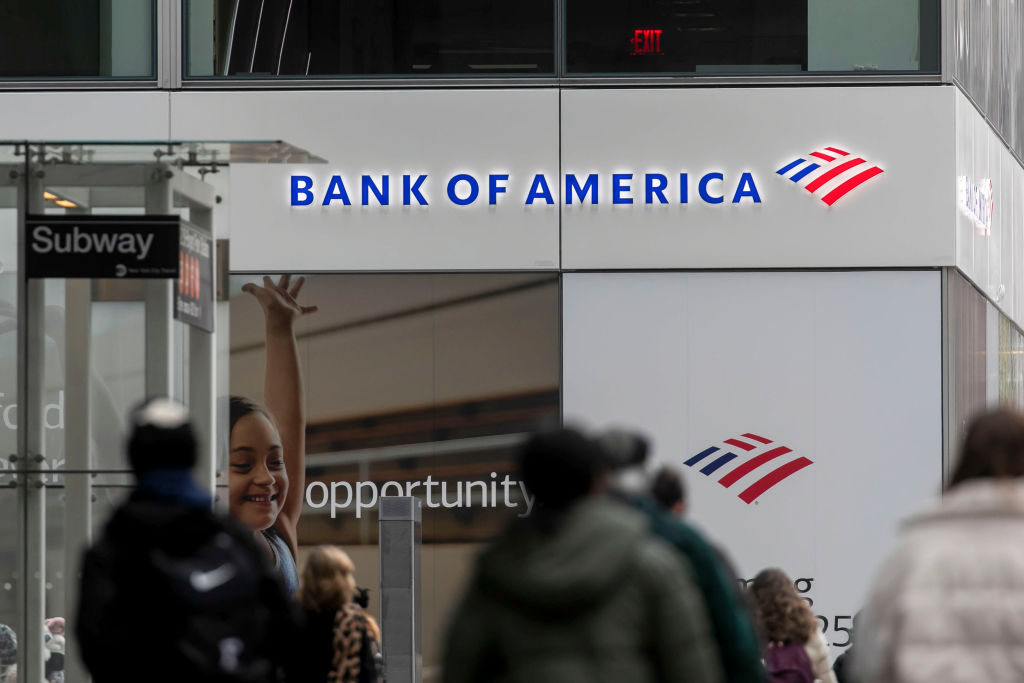 If You'd Put $1,000 Into Bank of America Stock 20 Years Ago, Here's What You'd Have Today
If You'd Put $1,000 Into Bank of America Stock 20 Years Ago, Here's What You'd Have TodayBank of America stock has been a massive buy-and-hold bust.
-
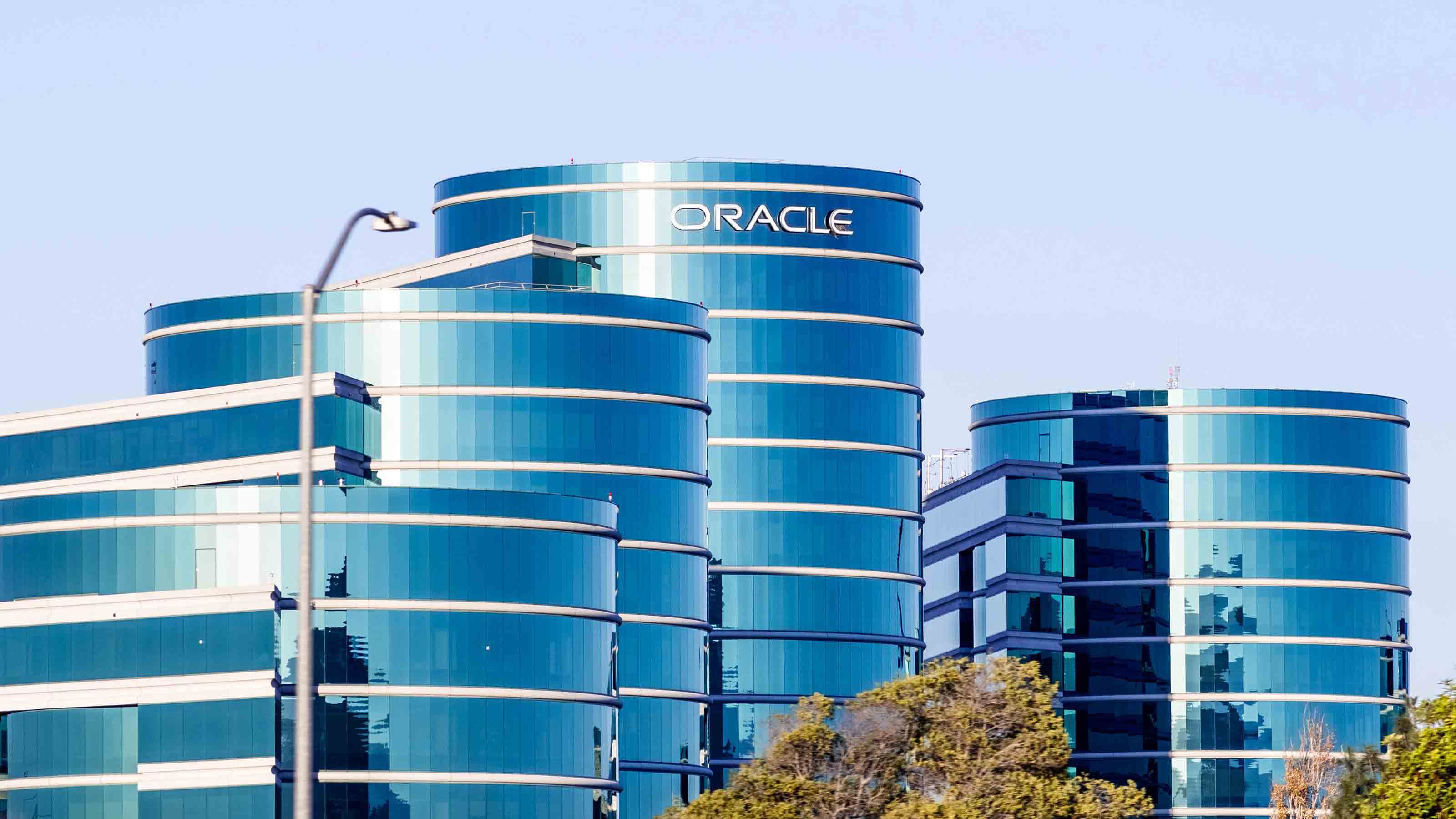
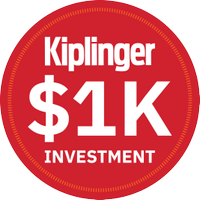 If You'd Put $1,000 Into Oracle Stock 20 Years Ago, Here's What You'd Have Today
If You'd Put $1,000 Into Oracle Stock 20 Years Ago, Here's What You'd Have TodayORCL Oracle stock has been an outstanding buy-and-hold bet for decades.
-
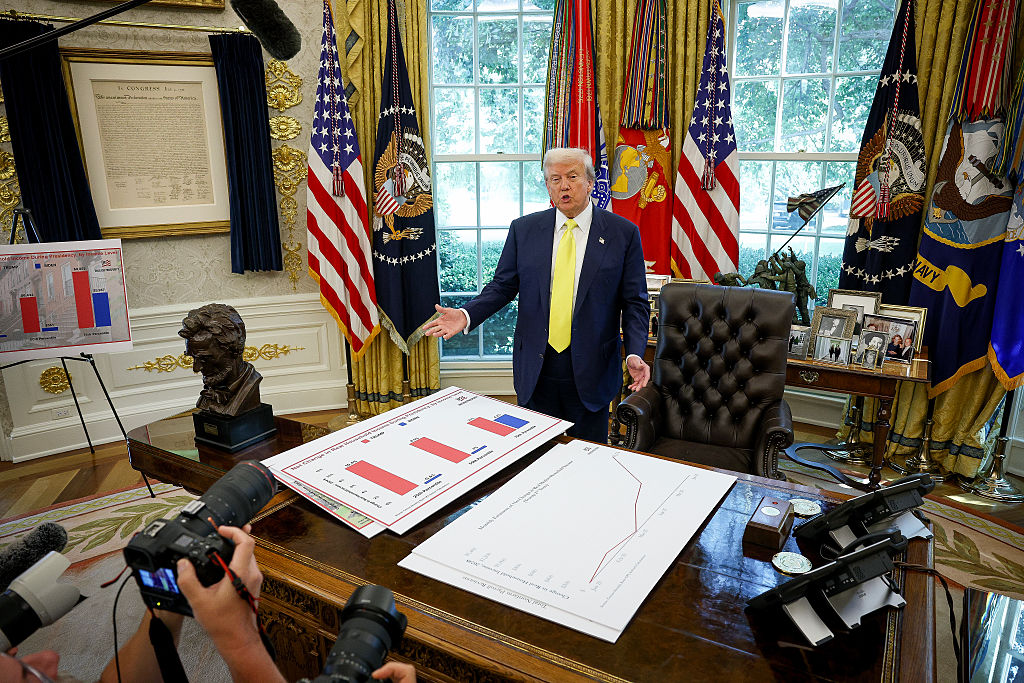 How to Invest for Rising Data Integrity Risk
How to Invest for Rising Data Integrity RiskAmid a broad assault on venerable institutions, President Trump has targeted agencies responsible for data critical to markets. How should investors respond?
-
 If You'd Put $1,000 Into Sherwin-Williams Stock 20 Years Ago, Here's What You'd Have Today
If You'd Put $1,000 Into Sherwin-Williams Stock 20 Years Ago, Here's What You'd Have TodaySherwin-Williams stock has clobbered the broader market by a wide margin for a long time.